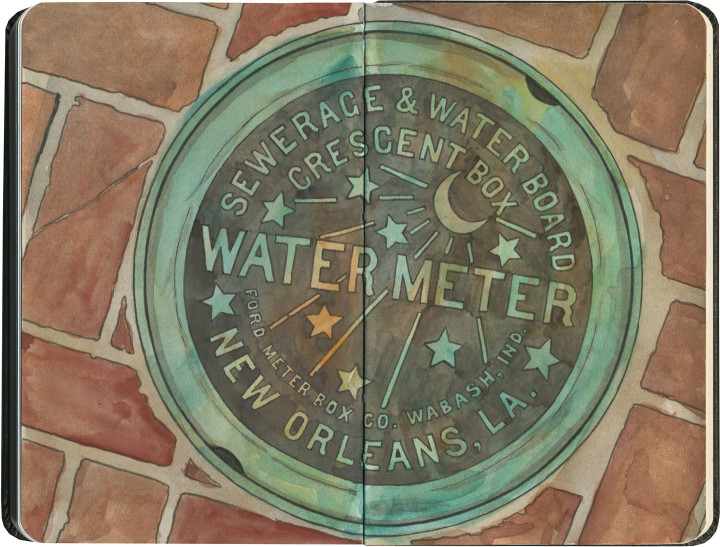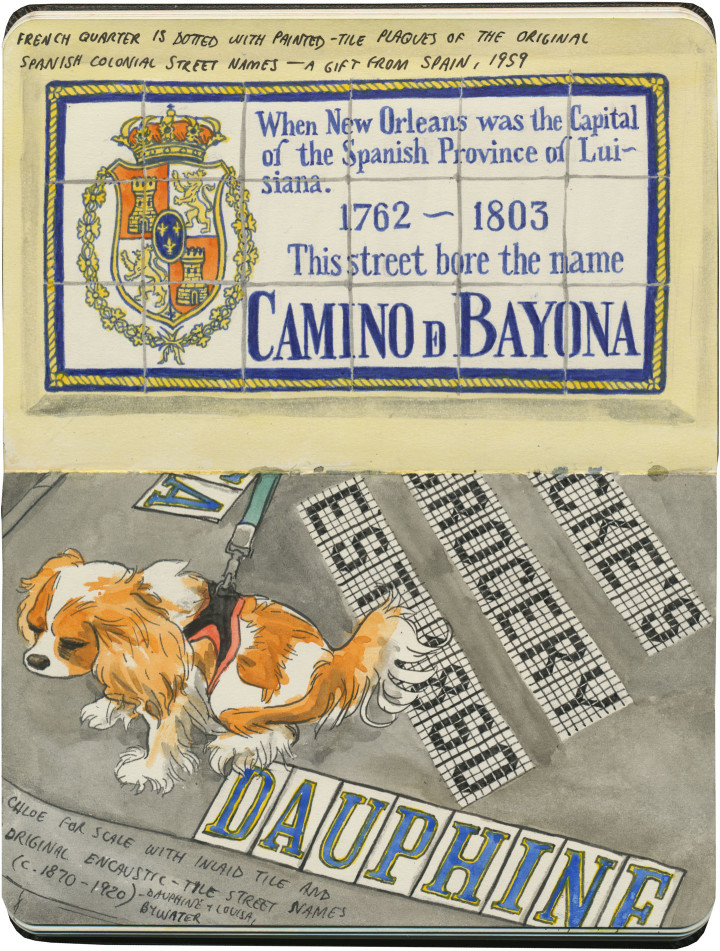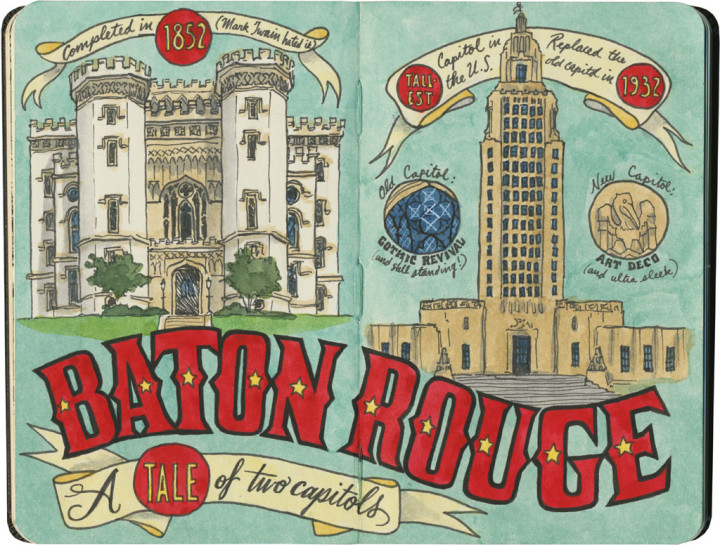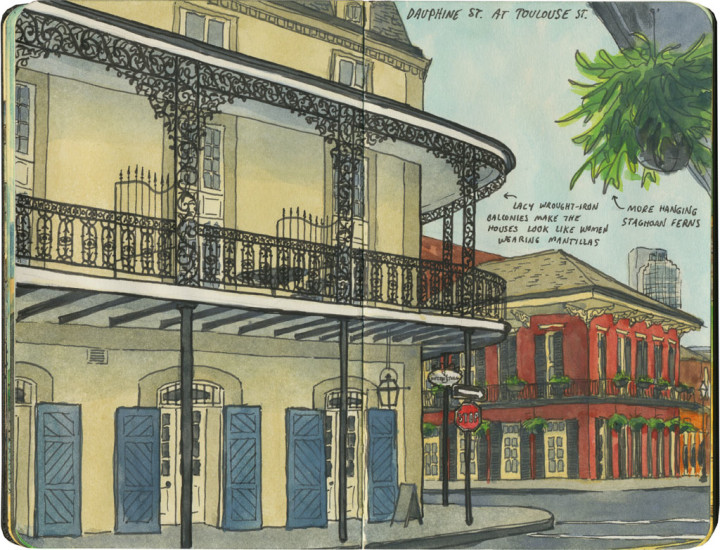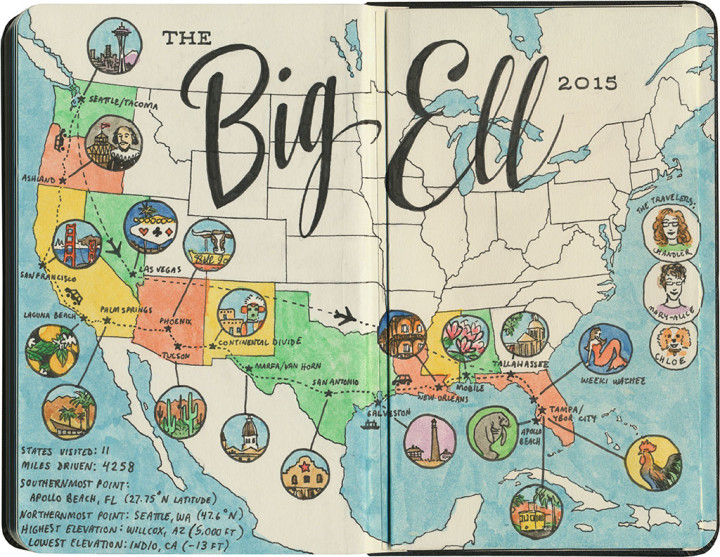Speaking of Crescent City icons, in my humble opinion there is no finer example of utilitarian design anywhere. It’s been a long time since the era when “municipal” could be synonymous with “beautiful,” but the fact that these little meter box covers are still so famous and beloved today gives me hope. With any luck, other cities might just get on board, and inject a little beauty into even the most minute details.
